Why use earplugs?
Unfortunately, we hear about people who have suffered hearing damage from exposure to (excessively) loud noise all too often. This hearing damage manifests in several ways, e.g. through continuous ringing or humming in the ears. This is the daily reality of over 2 million Dutch people.
Noise can be harmful above 80 dB. For every 3 dB increase in volume, the length of time you can be exposed to it without suffering hearing damage decreases by half. Volumes at a concert soon reach around 103 dB, which means you risk hearing damage after just a few minutes without hearing protection!
The impact of 3 dB

A 3 dB increase in volume:
- Doubles the noise load
- Halves the effect of protection
- Halves the maximum duration of exposure
"Why can’t the volume simply be turned down a little?"
A fair question. Ideally, we would turn the volume down quite significantly. However, people go to a concert/festival for the experience. You often hear it said that 'You need to feel the music'. That applies both to people standing at the front, as well as those standing further back. It is therefore not so easy to set the volume at a level so that both those at the front and those at the back have the same enjoyable experience.
However, an agreement that says noise levels may not exceed a maximum of 103 dB at concerts and events has been in place for a few years.
Comfort rather than protection
Hearing protection is not the only useful application of earplugs. There are also earplugs that can help you sleep or travel. These earplugs primarily provide more comfort during those activities.



